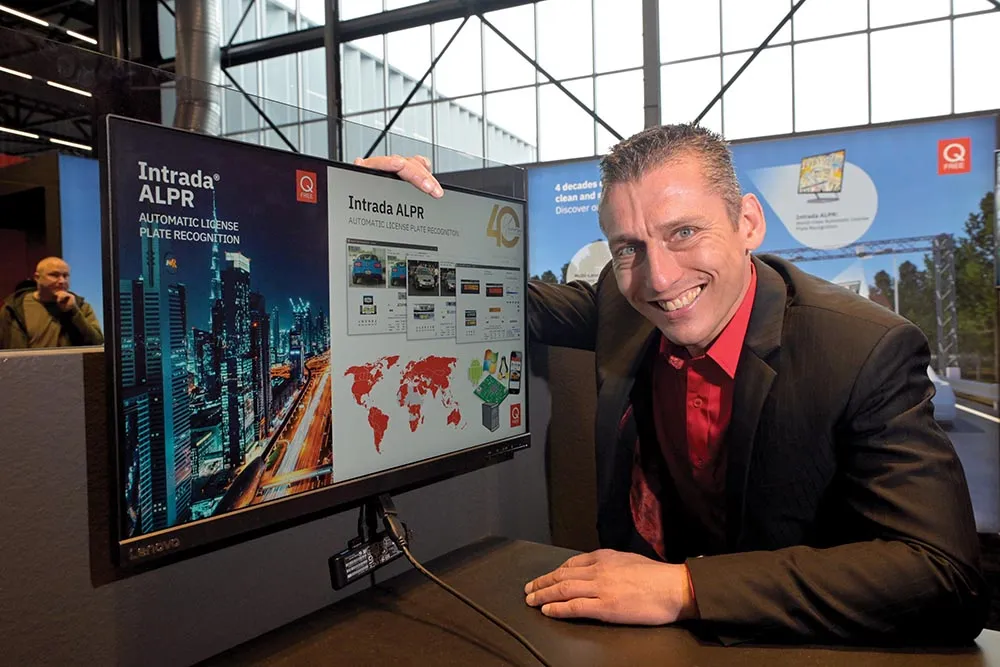
How can smartphones improve the video automation rate? The explanation is quite obvious, says Thomas Siegl, Solution Manager at Kapsch TrafficCom. When a road user passes a tolling station, two processes are initiated simultaneously. The station’s ANPR cameras take an image of the licence plate number (LPN). At the same time, the smartphone application detects the passage of a geo zone based on GNSS information. The back office system receives both the video and smartphone transactions and correlates them based on their location and time. This automatic correlation improves the overall tolling performance and leads to significantly reduced operational costs in manual image validation and minimised loss of toll revenue.
“By combining CRM functionalities such as user registration, current toll balance and historical toll payments, road users’ convenience is further improved and additional cost savings are accomplished by the toll road operator,” says Siegl. With the smartphone solution in place, Kapsch states that it is not just about an app: it is an holistic E2E system approach including adapted processes for tolling, enforcement and operations that guarantee the highest performance at reduced costs.









